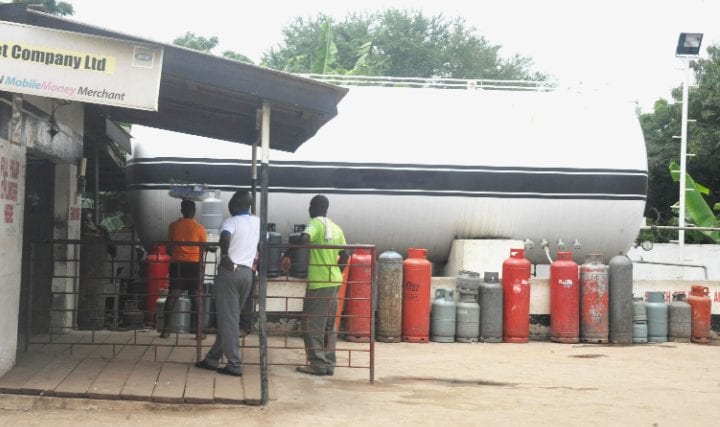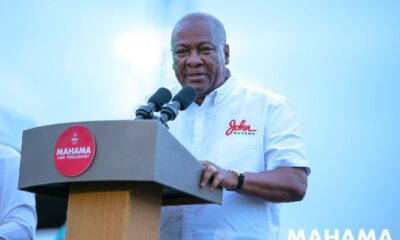Published
4 years agoon
By
Joe Pee
MyNewsGh.com has confirmed from Liquified Petroleum Gas Distributors that the price of LPG has gone up by up to 10% at the pump rising to Ghc7 per kilogram of the commodity.
LPG marketers at Teshie-Nungua, Spintex, Labadi, Tse-Ado, Burma Camp, Amasaman Sakaman and other areas have all confirmed the increase which they say is “due to circumstances beyond our control”.
With this, a 19kg cylinder will require Ghc133 instead of Ghc119 to fill while a 7kg cylinder will take Ghc49 instead of Ghc44.
Checks on the global market indicate prices have gone up on across the world.
Also, according to LPG marketers, government has introduced some elements of taxes as part of efforts to shore up Ghana’s economic recovery from the pandemic which is hurting their business.
According to globalpetrolprices.com, the average price of LPG around the world is 0.67 U.S. Dollar per kg approximately Ghc3.80p.
However, there is substantial difference in these prices among countries. As a general rule, richer countries have higher prices while poorer countries and the countries that produce and export natural gas have significantly lower prices. The differences in prices across countries are due to the various taxes and subsidies for LPG. All countries have access to the same natural gas prices of international markets but then decide to impose different taxes. As a result, the retail price of LPG is different.
This increment comes after Marketers of Liquified Petroleum Gas expressed their unhappiness over an 18 pesewas increment on the domestic fuel commodity.
They had argued that the tax increment on the commodity would increase their cost of operations and also burden consumers.
They had warned that any increment would mean Ghana would have had the highest LPG price in the entire West African sub-region.
This increment comes at a time Government of Ghana’s policy on LPG targets an increase in LPG penetration and access from the current 26 percent to 50 percent by 2030.


Mahama Vows to Usher in Era of Fiscal Discipline and National Renewal


Elon Musk changes his name to Kekius Maximus on X


Mahama Calls for Unity Among Political Parties to Drive Ghana’s Renaissance


President-elect Mahama Rallies NDC Supporters: “Pray Harder for Ghana’s Transformation”


Ghana’s Economy on the Rise: President Akufo-Addo Highlights Robust Growth in 2024


EC Declares Final Verdict in Dome Kwabenya: Faustina Akurugu Elikplim Clinches Victory Amid Controversy


Thousands displaced as post-election unrest grips Mozambique


Former Black Stars Player Samuel Inkoom Faces Court Over Alleged Visa Fraud


Stonebwoy and Samini Mend Ties with Emotional Reunion at 3FM All White Party

























